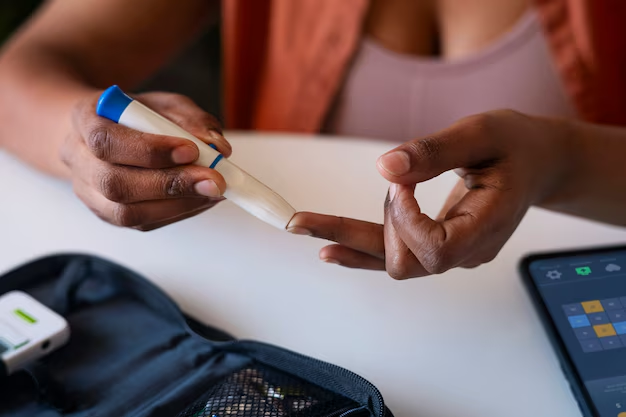Understanding the Different Types of Diabetes: Which is More Severe?
Diabetes is a widespread health condition that affects millions of people globally. It involves how your body processes glucose, a critical energy source. But when it comes to determining which type of diabetes is the most challenging, the answer isn't straightforward. Both Type 1 and Type 2 diabetes have significant impacts but in different ways. Here's a closer look at each, and why each type presents unique challenges.
Type 1 Diabetes: An Autoimmune Challenge
Type 1 diabetes is an autoimmune condition where the body's immune system attacks insulin-producing cells in the pancreas. This type is less common but often diagnosed in childhood or adolescence. People with Type 1 diabetes cannot produce insulin and must rely on insulin injections or an insulin pump to regulate blood sugar levels.
Challenges of Type 1 Diabetes:
- Constant Management: Individuals must monitor blood sugar levels multiple times a day.
- Risks of Complications: Without proper control, there's a higher risk of complications like nerve damage, heart disease, and eye problems.
- No Prevention: Unlike Type 2, lifestyle changes cannot prevent Type 1 diabetes.
Type 2 Diabetes: A Lifestyle Factor
On the other hand, Type 2 diabetes is often associated with lifestyle factors such as obesity and inactivity. It is typically diagnosed in adults. Here, the body either resists the effects of insulin or doesn't produce enough insulin to maintain normal glucose levels.
Challenges of Type 2 Diabetes:
- Gradual Onset: Often goes undiagnosed for years, leading to potential long-term damage to the body.
- Lifestyle Modifications: Requires significant changes in diet and physical activity.
- Progression Over Time: As the condition progresses, individuals may eventually require medication or insulin.
Comparing the Impact
While Type 1 and Type 2 diabetes present unique challenges, determining which is "worse" oversimplifies the nuanced differences between them. Type 1 is immediate and requires vigilant management from a young age, while Type 2 can be more insidious, with lifestyle changes playing a crucial role in management and prevention.
Both types demand a significant commitment to managing the disease and avoiding complications. Understanding these differences is essential for anyone facing either type of diabetes to manage it effectively.
Exploring Resources and Support
Dealing with diabetes involves more than just managing physical symptoms. It can also impose financial burdens on individuals and families. Fortunately, various financial assistance programs can help alleviate some of these challenges.
Financial Assistance and Support Options:
- 🩺 Medicaid and Medicare: Offer coverage for diabetes management supplies and services.
- 🏥 Diabetes Patient Assistance Programs: Provide free or low-cost medications for those who qualify.
- 💳 Credit Counseling Services: Help manage medical debt and provide guidance on financial health.
- 📘 Educational Grants: For individuals or parents of children with diabetes who need help covering educational expenses.
- 📈 State and Federal Aid Programs: Assist with medical expenses linked to diabetes care and management.
Each source of support is designed to make life with diabetes more manageable and less financially strenuous. Everyone's journey with diabetes is unique, so exploring all available resources is crucial to find the right support for your situation.
